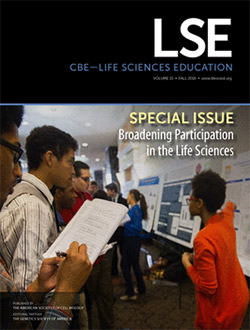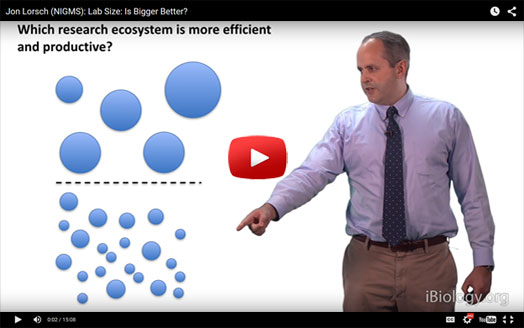In recent talks for iBiology and TEDx , NIGMS grantee Alejandro Sánchez Alvarado proposes that because so much of biomedical research focuses on only a handful of model organisms we are limiting our knowledge of biology. He suggests that many important discoveries lie waiting in species that have not yet been the subjects of sufficient investigation. This is a topic of interest to us as well; in fact, Dorit Zuk, director of our Division of Genetics and Developmental Biology, is currently leading an internal working group that’s examining the varied landscape of organisms studied by NIGMS grantees and the new scientific questions that could be answered using a diversity of organisms. We’ll be discussing these topics in future posts.
In addition to the number of organisms we study, other aspects of the biomedical research system may be limiting the breadth of our knowledge. For example, does the expectation that junior faculty work on a problem closely related to their postdoctoral research constrain our explorations to “islands” of study, leaving vast areas under- or unexplored?
The forces keeping biomedical junior faculty within their postdoctoral research areas include the expectations of faculty search committees, grant review panels and funding agencies, as well as the promotion policies of academic institutions. Interestingly, in the chemical sciences, junior faculty are usually expected to develop projects that are distinct from their postdoctoral work, which often involves moving into completely new areas of study. Why the sociology of chemistry evolved so differently in this regard from other fields related to biomedical research is an interesting question.
Should the biomedical research enterprise change its expectations to empower junior researchers to move further away from their postdoctoral work when they start their independent research careers? Would this accelerate the pace of discovery? New programs such as the Maximizing Investigators’ Research Awards (MIRA) for Early Stage Investigators give us an opportunity to revise our expectations for researchers at the beginning of their independent careers. Would this be desirable? What might we look for in assessing outcomes? If we, as funders, successfully made such a change in expectations, would the rest of the research ecosystem make parallel changes to support efforts by junior scientists to leave their home “islands” and move into new territory?
I would be interested to hear your thoughts on these questions.



